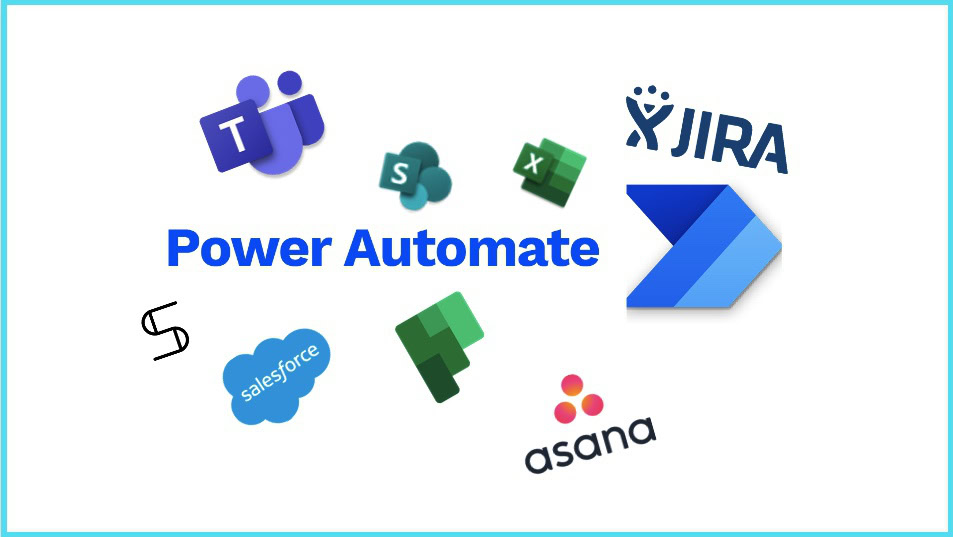Microsoft Teams is an ideal platform that allows you to provide an effective collaborative workspace for your entire organization. But while performing daily tasks, you may wonder how to streamline your work processes even more effectively. For example, set up approvals, manage documents, and optimize your business process flows in a highly efficient way. And this is where Power Automate can help you. With Power Automate and Microsoft Teams integration you can build different flows related to your business needs, even if you do not have the coding experience. Before, we described some basic capabilities of Teams and Power Automate with managing notifications, integrating Office 365 apps, creating teams, and so on. And today we will delve into the advanced capabilities of Teams and Power Automate integration.
Power Automate and Microsoft Teams – advanced capabilities
If you wonder how to simplify your colleagues’ everyday work, you can start by exploring Power Automate capabilities. In this article, we described some basic use cases, such as:
- Managing notifications
- Sending automated messages
- Massing team creation, and so on.
And today we will talk about some more complex use cases that can help you in optimizing your workflows. Just rebuild flows we will talk about and improve your collaboration across the entire organization. Without further ado, let’s start!
Set up approval processes to improve your document management
Suppose you’re working with your sales team. And your marketers prepare individual proposals for every key account. Once a proposal is ready, you need to approve the document. Only if a request is approved, customer managers can share it with your prospect. So how to simplify this process and make sure managers send only the right files?
With Power Automate and SharePoint integration, you can easily streamline this process. First, create two folders in your team’s Files tab. Your marketers will upload each new proposal into the folder named “Proposal – Need Approval”. And customer managers will find the approved file in the “Proposal – Final Version”.
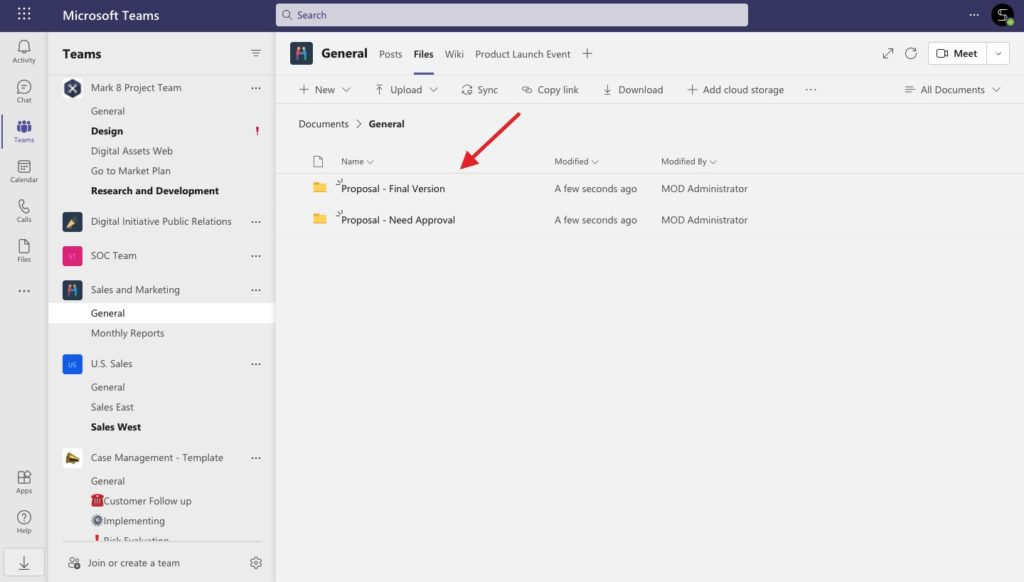
Learn how to create teams from the templates with cloned files and folders
Next, go to Power Automate and build an automated flow. Find the SharePoint connector and choose a trigger “When a file is created”. Then define the right team in your Microsoft Teams and type the folder name.
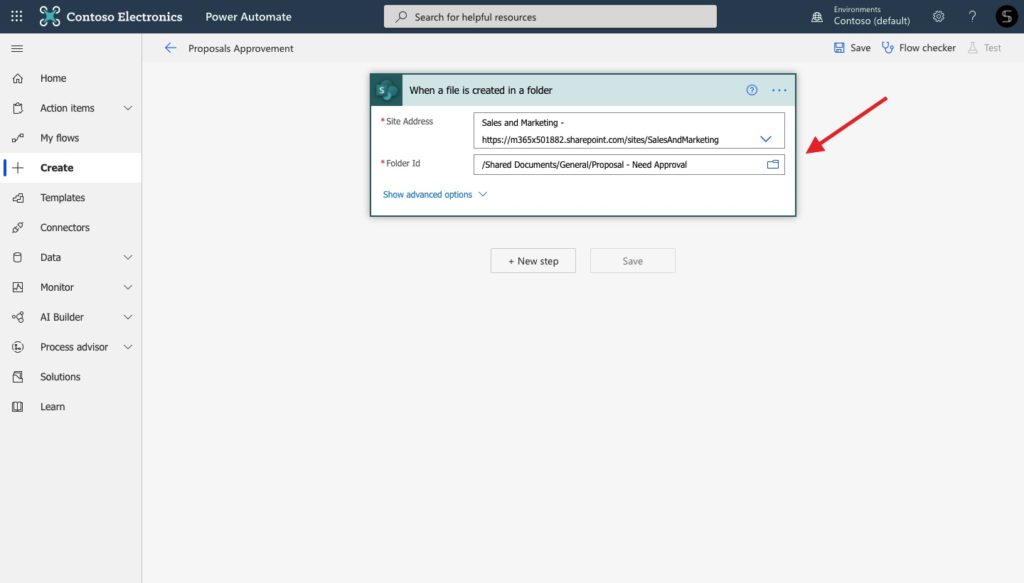
Next, you should start a new approval. To do this, find the action “Start and wait for an approval” and customize your approval process. Choose the approval type, for example, everyone must approve or first to respond. Then choose approvers and customize your message with dynamic content from SharePoint.
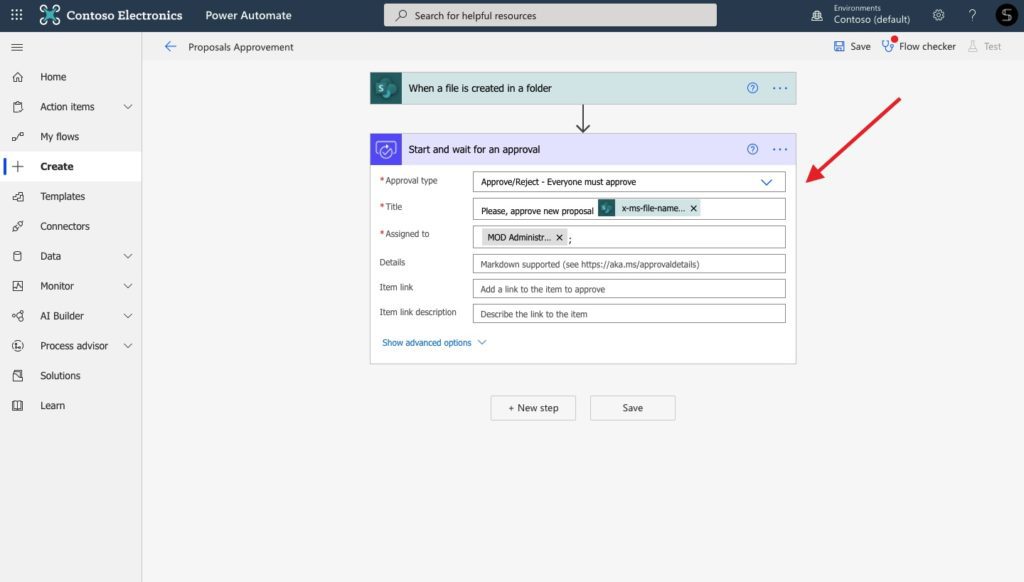
Then start a new If/Yes Condition and set up the rule “Response is equal to Approve”
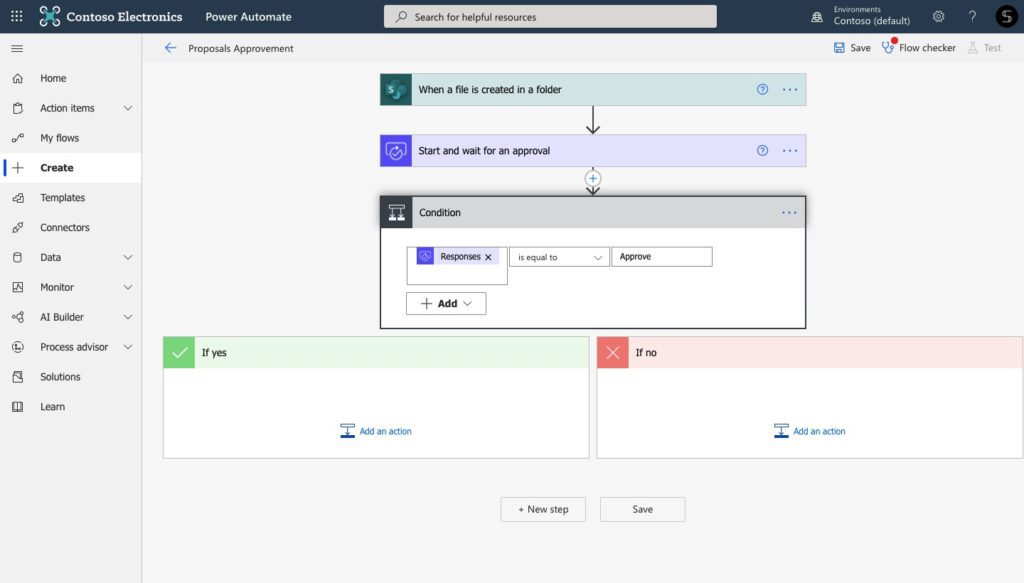
Now, let’s move your file to the right folder if a request is approved. To do this, choose the SharePoint action “Create a file”. Choose the folder “Proposal – Final Version” and copy the file content.
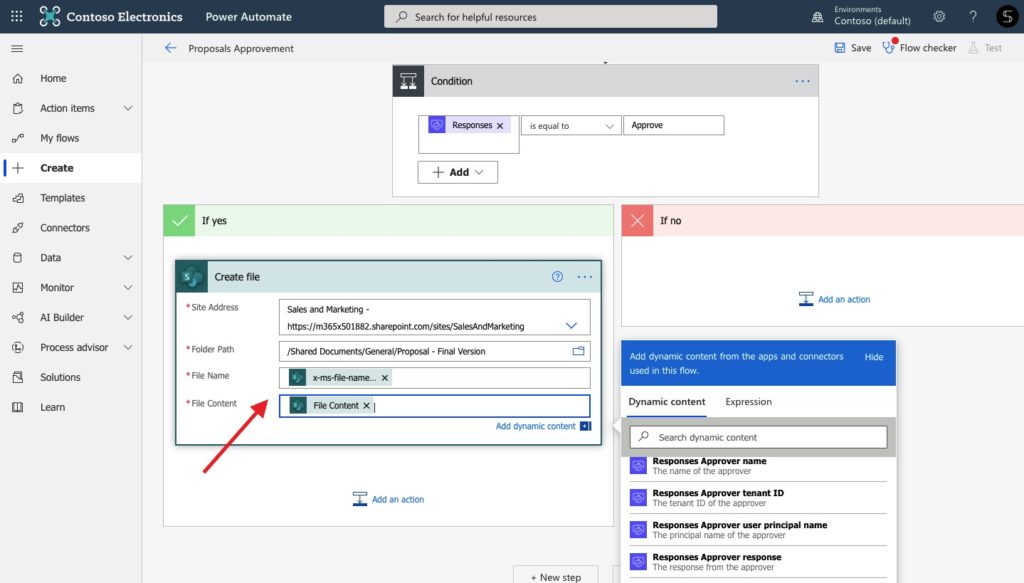
At the same time, we need to delete the same file from the previous folder to avoid duplication and mess in Teams.
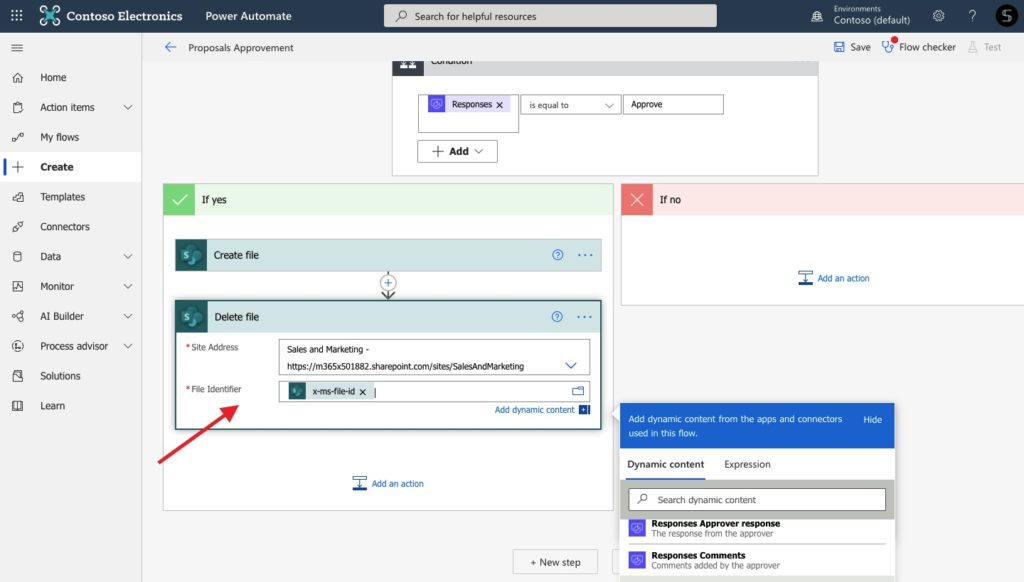
It’s done! Now each time a new proposal is approved, this file will automatically move to the folder with ready-to-be-sent files. In addition, it will be deleted from the folders with the files that request approval.
Moreover, you can send automatic Teams messages each time a new file is approved. Thus, your customer managers will be able to share immediately the proposal with prospects.
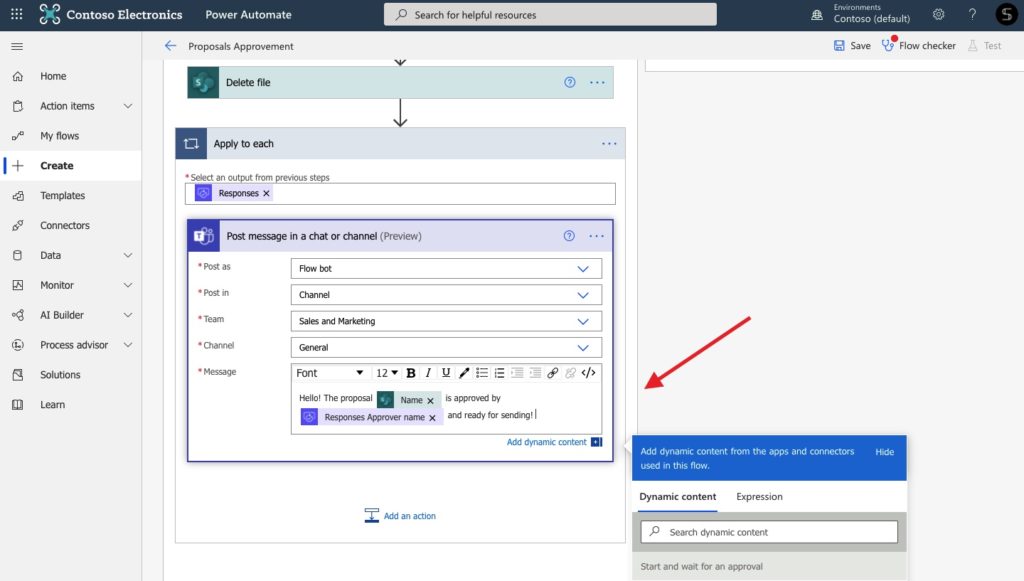
Set up daily reminders using Power Automate with Microsoft Teams
Now let’s say you want to make sure your sales managers won’t miss any meeting with the prospects or your internal business calls. To do this, you need to build a scheduled flow that connects your Microsoft Teams and Outlook.
Choose the scheduled cloud flow and define the frequency of a message, for example, one per day
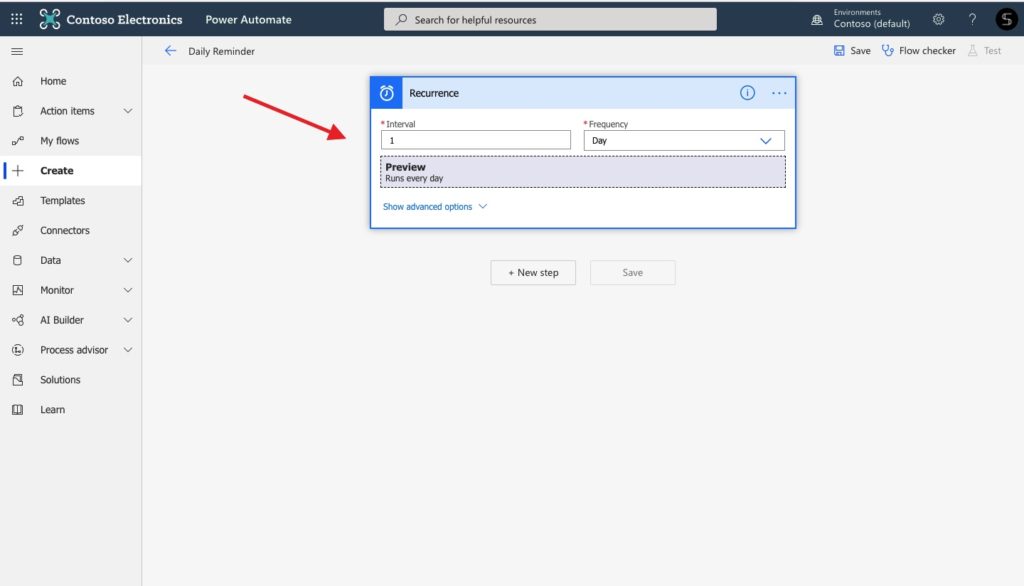
Next, choose the Outlook action “Get calendar view of events”, and define the needed calendar and your work hours.
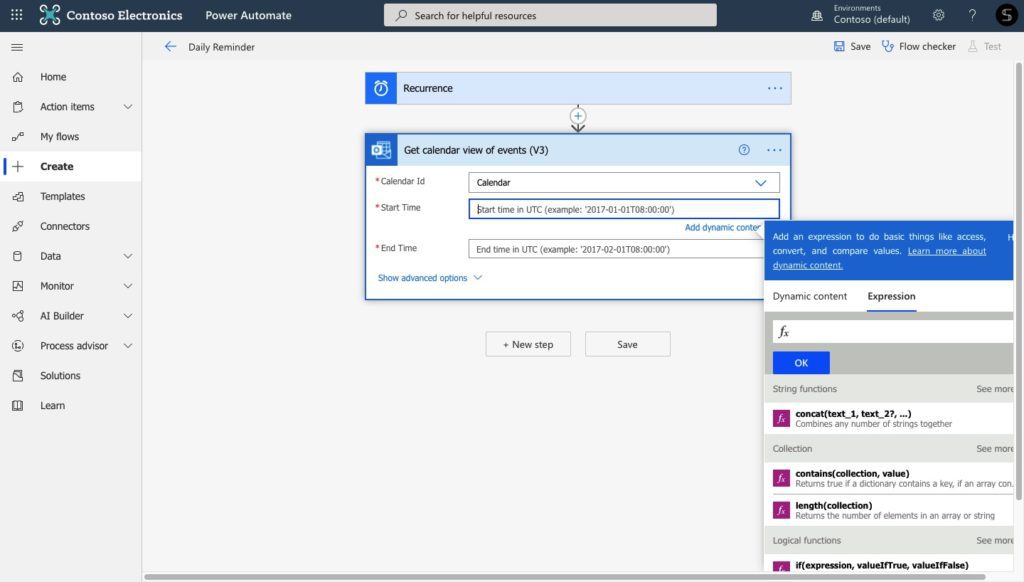
Then, to make your feature message clear, create a” CSV table”, and customize it with dynamic content from Outlook.
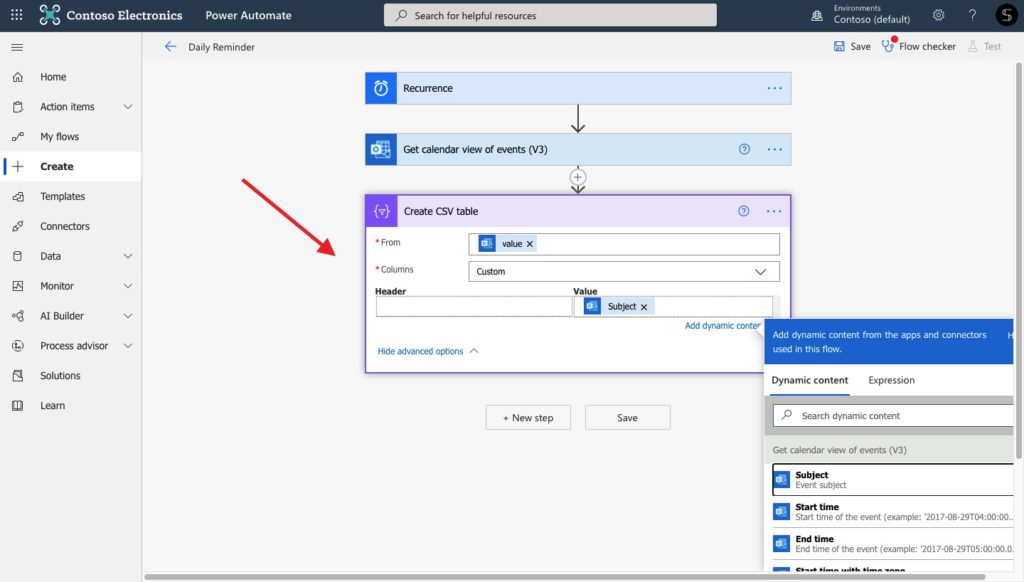
Finally, choose the Microsoft Teams action “Post a Teams message”, define the team and channel, and add the output from the CSV table as the message content.
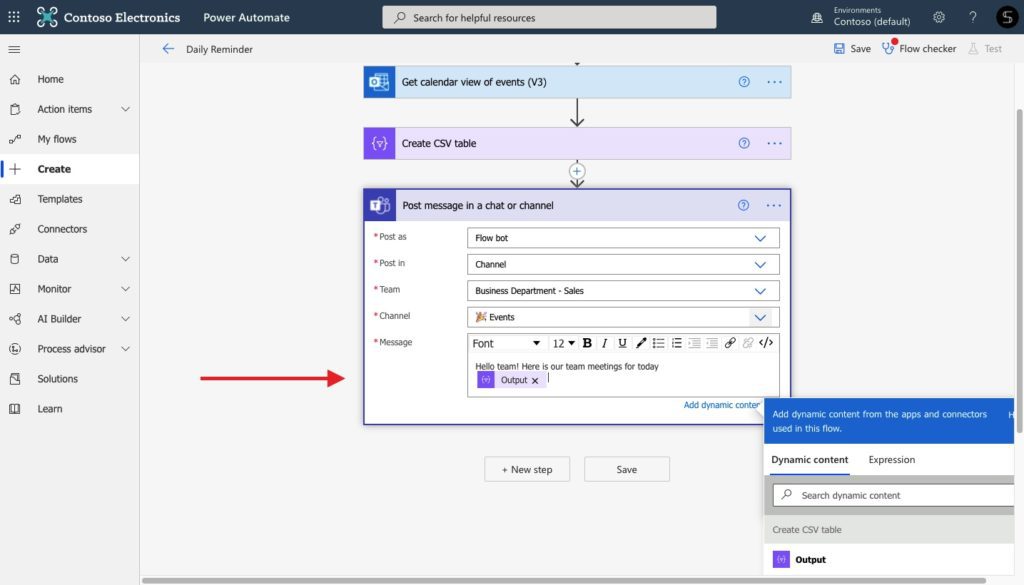
It’s done! Now, your team members will get a message with all upcoming events on the daily basis.
Create a Planner task based on the keyword from Microsoft Teams posts
Wondering how to improve your task management and make sure no one misses an upcoming task? Let’s say, your sales reps share details on each new deal through channel conversations. When a new deal is created, your managers will need to create additional content, such as proposals, agreement templates, and so on. To automate the process of the task assignment, you can create a flow that tracks your channel messages.
To do this, build an automated flow with the Microsoft Teams trigger “When keywords are mentioned”. Then define the message type, team ID, and type a keyword, for example, “new deal”.
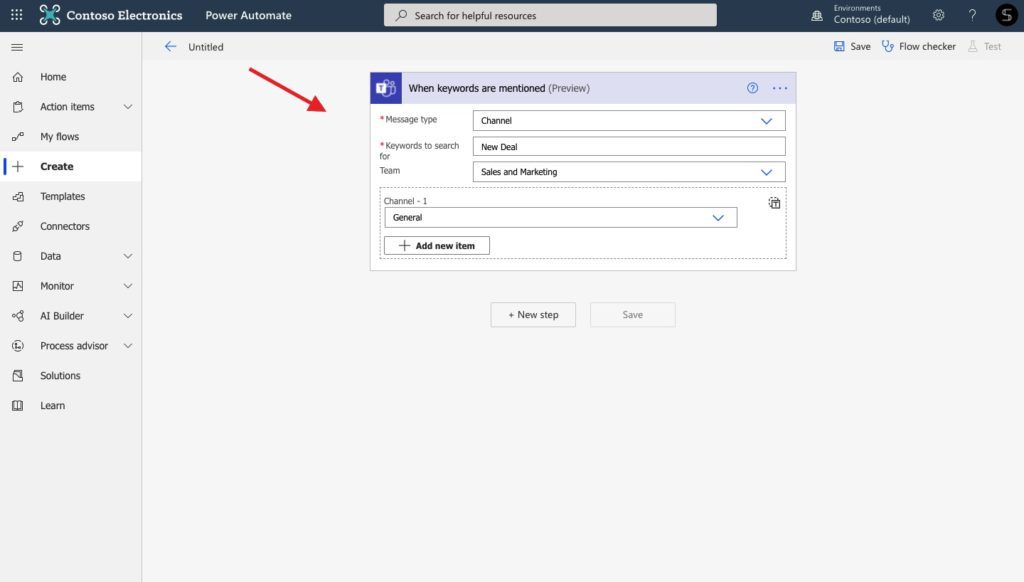
To customize your Planner task, you will need to add the Microsoft Teams action “Get message details”.
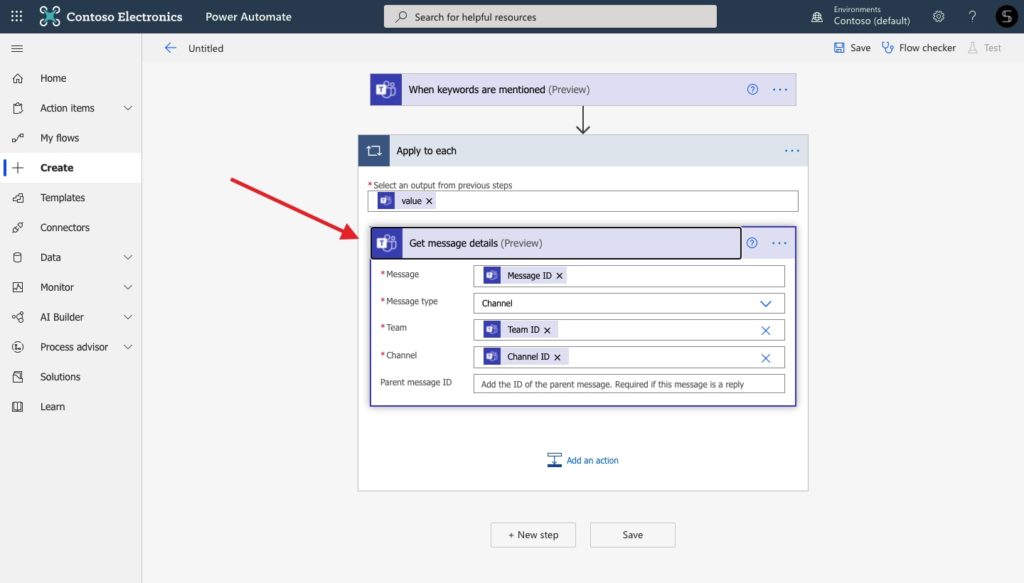
Finally, add the Planner action “Create a new task”. Choose the right Planner and customize your task using dynamic content from the Microsoft Teams connector.
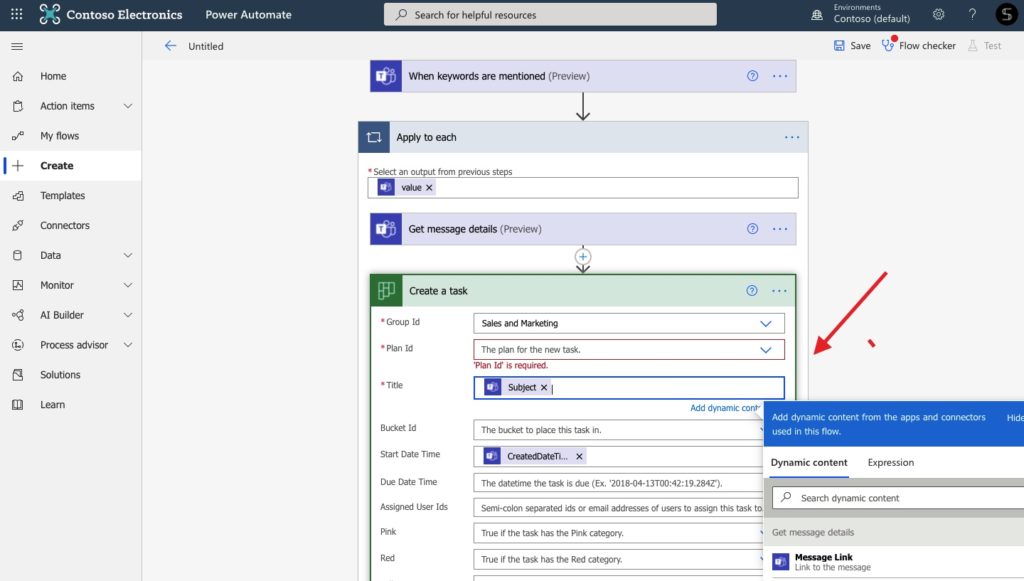
Now, each time someone shares new deal details, a Planner task will be created automatically.
Manage Microsoft Teams Adaptive Cards with Power Automate
If you want to automate your approval process or automate conversations in Microsoft Teams, you can explore Adaptive Cards. With adaptive cards, you can share blocks of information, collect data, and much more. Let us to describe one example.
Let’s say, you are a sales rep. And you need to notify your team each time a new deal is coming. To do this, you create a post into the needed channel writing all essential information, such as the lead’s name, email, phone number, product interest, and so on. In fact, you can save your work time by posting this kind of message using adaptive cards.
To do this choose the manually triggered flow, that allows you to post a card by clicking on a button even from your mobile phone. Then choose an action “Post adaptive card and wait for response”.

Here you can choose the required team and channel and customize your message. There are two ways on how to customize a message. First, you can edit your adaptive cards from the editor mode. Here you can add any content, including text, choice, or number fields, upload images, and much more.
Learn how Power Automate can improve your business processes with SalesTim
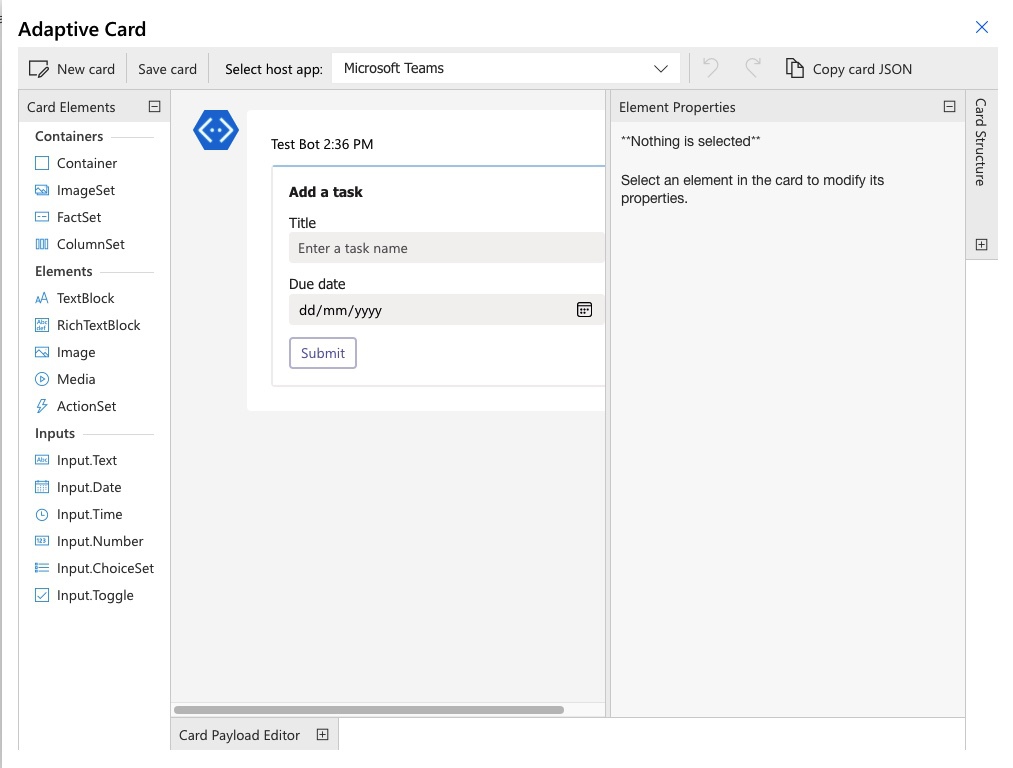
The second way is to use ready-to-go templates from the Microsoft docs, where you can just copy the messages and customize them according to your needs.
When the adaptive card is ready, add one more action “Post a message” and customize it using the dynamic content from your adaptive cards.
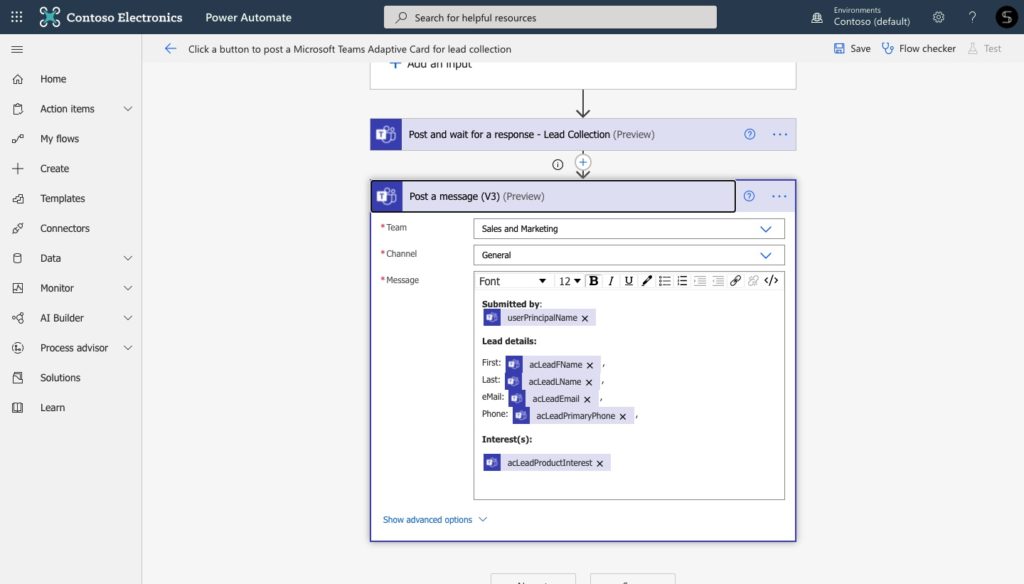
It’s done! Now, each time you manually run this flow, you will need just quickly upload information about your new lead.

Once you submit an adaptive card, a customized message will appear in your sales channel.
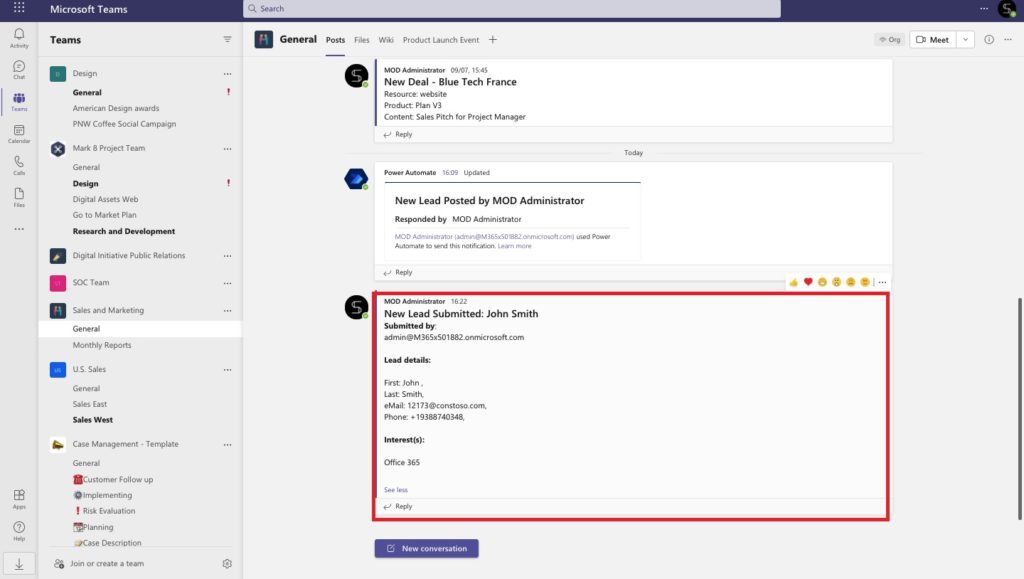
As a result, with this simple example, you will be able to reduce the time spent on Teams conversation and to share updates in a highly structured way.
Use custom connectors to mass create teams in Microsoft Teams
Finally, let’s talk about custom connectors. We’ve already discussed that with Power Automate you can connect any business application available with each other and build effective business flows. But what if you need some specific solution for your business. Alright, it’s not a problem, you can connect your custom connector. Let us give you an example.
SalesTim is not just an app that you can download from the Microsoft Teams app store. You can use SalesTim as a connector in Power Automate. Read here how to do it step by step
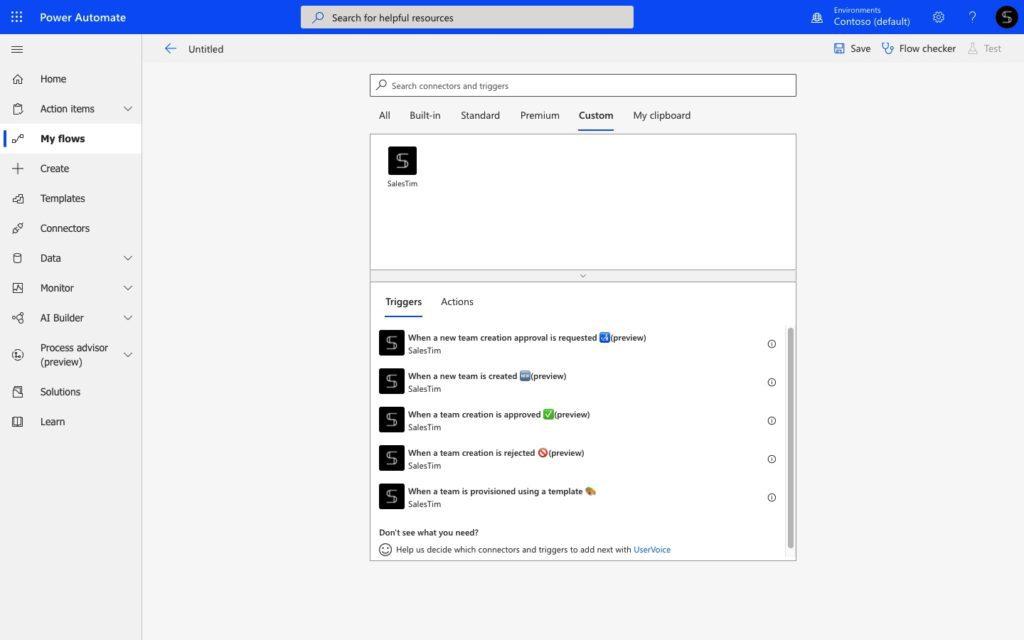
With the SalesTim connector, you can bulk create teams from templates using triggers from external apps. For example, you can automatically create a pre-built project management team when a new project is created in your project management app, like Asana or Jira.
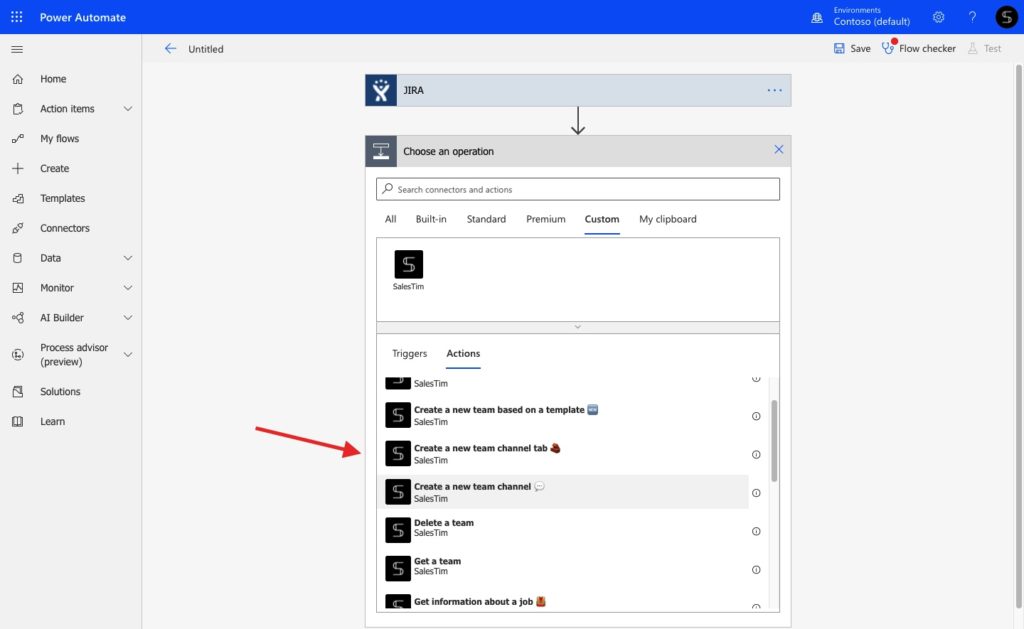
Moreover, you’re able to create teams for each key account or opportunity to collaborate on deals and build relationships with your prospects each time a new record is created in Salesforce (Dynamics 365, HubSpot, and more will be available soon).
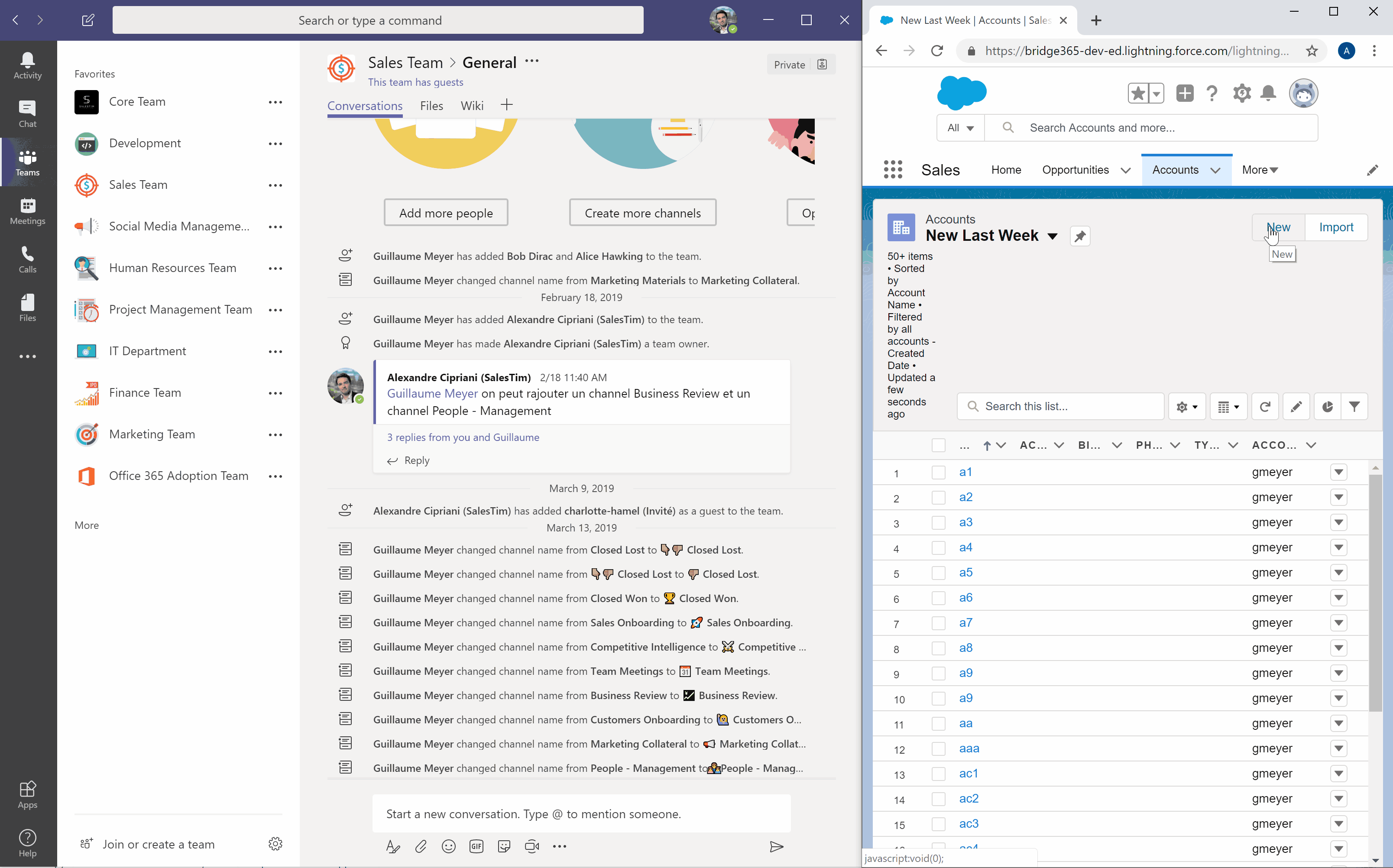
In fact, there are tons of use cases that you can perform:
- Get teams created with the same structure from one project to another
- Create teams with the pre-built set of tasks
- Get teams created with your own SharePoint Library
- Clone files and folders from one team to another
- Get teams created with the same structure, but with customized tabs
- Manage naming convention and avoid mess in Teams
- Add permanent members and get the same level of execution from one team to another.
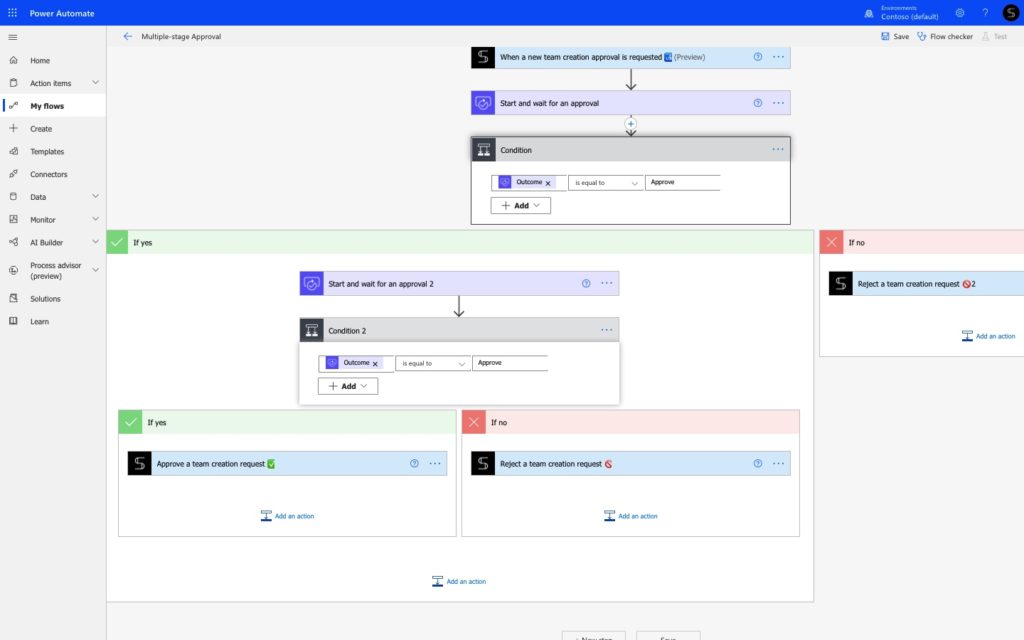
Capabilities are endless! And what we really love here is the ability to connect SalesTim with your most used app using Power Automate.
Contact our team and we will find an ideal solution that covers your unique business case!
